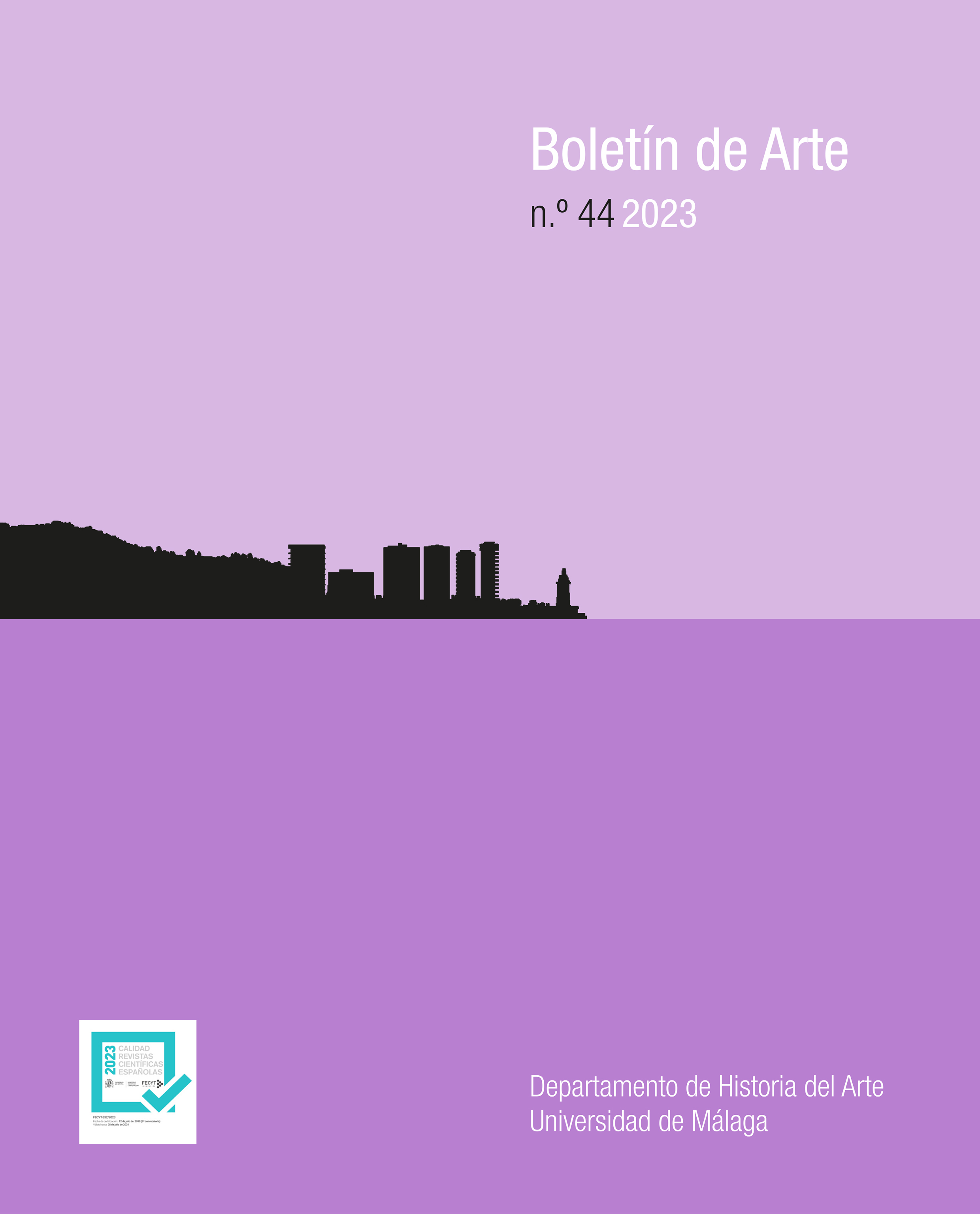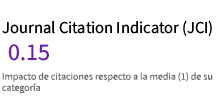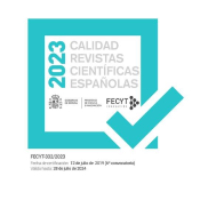Museums and Video Games. The Renovation of Hegemonic Cultural Spaces
Keywords:
Video games, Museums, Exhibitions, CultureAbstract
Video games have experienced a vertiginous rise in technological, economic and social terms, and are now established as a cultural industry and one of the most influential mass media today, thus consolidating their place in popular culture. As a result, initiatives that promote their use and preservation have sprung up and museums have joined these initiatives; hegemonic cultural spaces that use video games as a new way of publicising their heritage collections, reformulating the objects on view or proposing other learning methods. Consequently, the aim of this article is to show how museums integrate video games in several of their spectrums: exhibitions that incorporate video games or are entirely about them; museums devoted to videogames or museums which use them as a tool.
Downloads
Metrics
Publication Facts
Reviewer profiles N/A
Author statements
Indexed in
-
—
- Academic society
- N/A
- Publisher
- Universidad de Málaga.
References
AEVI, ASOCIACIÓN ESPAÑOLA DEL VIDEOJUEGO (2022), La industria del videojuego en España (Anuario 2022). Llyc, Madrid.
ANTONELLI, Paola, «When Video Games Came to the Museum». En: <https://www.moma.org/magazine/articles/798> (fecha de consulta: 10-01-2023).
AQUINO, Laura, «Videogames: Design/Play/Disrupt, una exhibición sobre el diseño digital y los videojuegos en el siglo XXI». En: <https://90grados.com/diseno/videogames-design-play-disrupt-una-exhibicion-sobre-el-diseno-digital-y-los-videojuegos-en-el-siglo-xxi/> (fecha de consulta: 25-07-2022).
BELLI, Simone y LÓPEZ RAVENTÓS, Cristian (2008), «Breve historia de los videojuegos», Athenea Digital, n.º 14, pp. 159-179.
BARBICAN CENTRE, «Game On is the first major international touring exhibition to explore the vibrant history and culture of computer games». En: <https://www.barbican.org.uk/hire/exhibition-hire-barbican-immersive/game-on> (fecha de consulta: 24-07-2022).
BIBLIOTECA NACIONAL DE ESPAÑA, «La Biblioteca Nacional reconstruye el pasado del videojuego y asegura el futuro». En: <https://www.bne.es/es/noticias/0204-bne-reconstruye-pasado-videojuego-asegura-futuro> (fecha de consulta: 11-07-2022).
BIBLIOTECA NACIONAL DE ESPAÑA, «La BNE amplía su colección de videojuegos con la ayuda de asociaciones y particulares». En: <https://www.bne.es/es/noticias/0118-bne-amplia-coleccion-videojuegos-con-ayuda-asociaciones-y-particulares> (fecha de consulta: 11-07-2022).
CARRUBBA, Luca (ed.) (2021), Homo Ludens. Videojuegos para entender el presente. Fundación La Caixa, Madrid.
COMPUTERSPIELE MUSEUM, «World’s First Computer Game Museum». En: <https://www.computerspielemuseum.de/1282_About_us.htm> (fecha de consulta: 23-07-2022).
CORTÉS RAMÍREZ, Eugenio Enrique, (2014), «La hegemonía cultural hoy: la hegemonía como método analítico en los estudios culturales», Pensamiento Actual, n.º 22, pp. 13-28.
GOODMAN, Carl (2007), «Bienvenido a Gameworld. Juegos en la frontera entre arte, tecnología y cultura», en GOODMAN, Carl y JORDAN, Ken (eds.), Gameworld. Videojuegos en la frontera entre arte, tecnología y cultura, LABoral, Gijón, pp. 12-13.
HEATHER, Reece, «Animal Crossing: New Horizons’ demographic has an even male/female split, with most players in their 20s and 30s». En: https://nintendowire.com/news/2020/09/07/animal-crossing-new-horizons-demographic-has-an-even-male-female-split-with-most-players-in-their-20s-and-30s/ (fecha de consulta: 2-09-2022).
LABORAL, «Homo Ludens Ludens». En: <http://www.laboralcentrodearte.org/es/exposiciones/homo-ludens-ludens> (fecha de consulta: 23-07-2022).
MELISSINOS, Chris y O’ROURKE, Patrick (2012), The Art of Video Games: from Pac-Man to Mass Effect, Welcome Books, Nueva York.
MINISTERIO DE CULTURA Y DEPORTE, «Continúa la tramitación del anteproyecto de ley que revisa y actualiza las tipologías documentales objeto de depósito legal». En: <https://www.culturaydeporte.gob.es/actualidad/2021/08/210803-anteproyectodeley-depositolegal.html> (fecha de consulta: 11-07-2022).
MoMA, «Applied Desing». En: <https://www.moma.org/calendar/exhibitions/1328> (fecha de consulta: 15-07-2022).
MoMA, «Talk to Me: Design and the Communication between People and Objects». En: <https://www.moma.org/calendar/exhibitions/1071> (fecha de consulta: 15-07-2022).
MORALES VALLEJO, David (2020), «Assassin’s Creed: Origins y la idoneidad del videojuego de mundo abierto para la difusión del patrimonio», E-rph, n.º 25, pp. 114-136.
MUSEO THYSSEN-BORNEMISZA, «Nubla. Un recorrido compuesto por 10 obras». En: <https://www.museothyssen.org/visita/recorridos-tematicos/nubla> (fecha de consulta: 26-07-2022).
MUSEU DE LES AIGÜES, «Guía pedagógica. El reto de la biodiversidad del Museo de las Aguas con Minecraft». En: <https://www.museudelesaigues.cat/es/activitats/el-reto-de-la-biodiversidad-del-museu-de-les-aigues-con-minecraft/> (fecha de consulta: 26-07-2022).
OULTON, Luján (2021-2022), «Videojuegos en el museo. Nuevos desafíos curatoriales», Cuaderno 98, n.º 98, pp. 93-106.
PONCE DÍAZ, Romano (2020), «Por insignificante que parezca: Artemio Urbino y la labor de restauración y preservación de videojuegos en México como artefactos de la cultura visual contemporánea», en LAY TRIGO, Sarahí, CARBAJAL VACA, Irma Susana y CHAMORRO ESCALANTE, Jorge Arturo (coords.), La huella sensible del pasado: Pasado y memoria en el arte y la cultura, Universidad Autónoma de Aguascalientes, México, pp. 161-181.
PONCE DÍAZ, Romano (2021), «El arte es un juego: El desplazamiento cultural de los videojuegos de artefactos cotidianos a objetos de arte contemporáneo legitimados», en AMOROSO BOELCKE, Nicolás A., FRAGOSO SUSNGA, Olivia y OLVERA RABADÁN, Alejandra (coords.), Lo estético en el arte, el diseño y la vida cotidiana, Universidad Autónoma Metropolitana, Unidad Azcapotzalco, México, pp. 234-248.
PORTALO CALERO, Francisco y MENA NIETO, Eduardo (2015), «Los videojuegos como paradigma de innovación en los orígenes de la industria del software español», Novática, n.º 231, pp. 99-106.
PRADA, María Jesús, «Los videojuegos encuentran su espacio entre manuscritos e incunables». En: <https://elpais.com/videos/2021-04-02/los-videojuegos-ya-se-codean-con-manuscritos-e-incunables.html#> (fecha de consulta: 11/07/2022).
SLOVIN, Rochelle, «Hot Circuits. Reflections on the first museum retrospective of the video arcade game». En: <http://www.movingimagesource.us/articles/hot-circuits-20090115> (fecha de consulta: 23-07-2022).
THE STRONG. NATIONAL MUSEUM OF PLAY, «About The Strong Museum. Museum History». En: <https://strong-wp.cloud.fruitionqa.com/about/>.
VICTORIA AND ALBERT MUSEUM, «About the Videogames exhibition». En: <https://www.vam.ac.uk/articles/about-videogames-exhibition> (fecha de consulta: 25-07-2022).
Downloads
Published
How to Cite
Issue
Section
License
Copyright (c) 2023 Rita Aloy Ricart

This work is licensed under a Creative Commons Attribution-NonCommercial-ShareAlike 4.0 International License.
Todos los contenidos publicados en la revista Boletín de Arte están sujetos a la licencia Creative Commons Reconocimento-NoComercia-Compartirigual 4.0 cuyo texto completo puede consultar en <http://creativecommons.org/licenses/by-nc-sa/4.0>

Los/as autores/as cuyas contribuciones sean aceptadas para su publicación en esta revista conservarán el derecho no exclusivo de utilizar sus contribuciones con fines académicos, de investigación y educativos, incluyendo el auto-archivo o depósito en repositorios de acceso abierto de cualquier tipo.
La edición electrónica de esta revista esta editada por la Editorial de la Universidad de Málaga (UmaEditorial), siendo necesario citar la procedencia en cualquier reproducción parcial o total.








4.png)
